New to Oklahoma gardening and behind already
momofsteelex3
11 years ago
Related Stories
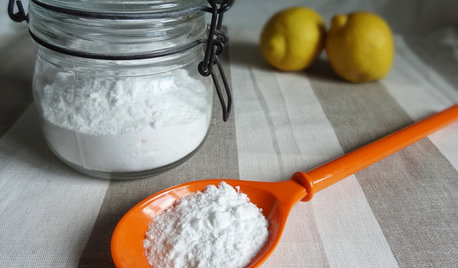
HOUSEKEEPINGBaking Soda: The Amazing All-Natural Cleanser You Already Own
Battle grime, banish odors and freshen clothes with this common nontoxic cupboard staple
Full Story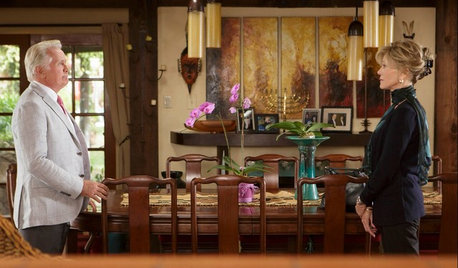
TASTEMAKERSTake a Behind-the-Scenes Tour of Netflix’s ‘Grace and Frankie’
Set decorator Beauchamp Fontaine explains the design decisions behind the home sets featured in the new Netflix series
Full Story
DECLUTTERINGDownsizing Help: Choosing What Furniture to Leave Behind
What to take, what to buy, how to make your favorite furniture fit ... get some answers from a homeowner who scaled way down
Full Story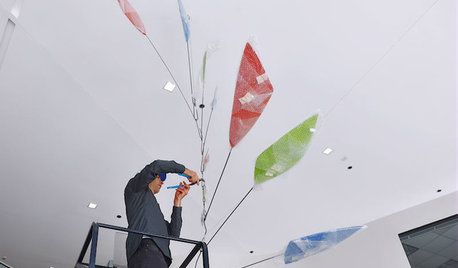
ARTArt in Motion: The Story Behind Mobiles
Mobiles started as wind chimes, and Calder put them on the map as an art form. Here's what they are and where they're going now
Full Story
GARDENING GUIDESGreat Design Plant: Milkweed
Quit cringing. This not-weed plant is a sight to behold in the garden, has a delicious vanilla scent and is a magnet for butterflies
Full Story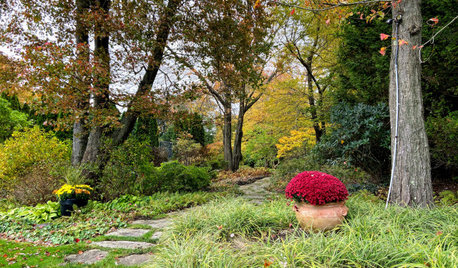
GARDENING GUIDES4 Elements of a Stunning Fall Garden
Late summer is a good time to look beyond trees to create an autumn landscape that draws the eye and stirs the soul
Full Story
GROUND COVERSNative Alternatives to English Ivy, Japanese Pachysandra and Periwinkle
These shade-loving ground covers are good for the environment and say something about where you are
Full Story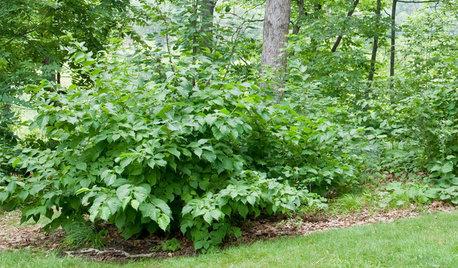
GARDENING GUIDESGreat Design Plant: Corylus Americana Awakens the Woodland Garden
Plant American hazelnut for three seasons of interest and to feed our furry and feathered friends
Full Story
BASEMENTSDesign Workshop: Is It Time to Let Basements Become Extinct?
Costly and often unnecessary, basements may become obsolete — if they aren’t already. Here are responses to every reason to keep them around
Full Story
LANDSCAPE DESIGNGreat Design Plant: Retreat to the Shade of Hardy Catalpa
Big foliage and a towering height provide a shady respite in summer, but that's not all hardy catalpa offers dedicated gardeners
Full Story





ScottOkieman
Okiedawn OK Zone 7
Related Professionals
Maple Valley Landscape Architects & Landscape Designers · Bloomington Landscape Contractors · Broomfield Landscape Contractors · New Baltimore Landscape Contractors · North Richland Hills Landscape Contractors · Pine Hills Landscape Contractors · Shaker Heights Landscape Contractors · Tustin Landscape Contractors · Wareham Landscape Contractors · Algonquin Decks, Patios & Outdoor Enclosures · Fort Lee Decks, Patios & Outdoor Enclosures · Gaithersburg Decks, Patios & Outdoor Enclosures · Glen Ellyn Decks, Patios & Outdoor Enclosures · Huber Heights Decks, Patios & Outdoor Enclosures · Eustis Decks, Patios & Outdoor EnclosuresScottOkieman
Okiedawn OK Zone 7
momofsteelex3Original Author
kevokie
Okiedawn OK Zone 7
astegherr
soonergrandmom
kevokie
Okiedawn OK Zone 7
momofsteelex3Original Author
slowpoke_gardener
astegherr
slowpoke_gardener
astegherr
slowpoke_gardener
momofsteelex3Original Author
slowpoke_gardener
MiaOKC
ScottOkieman
MiaOKC
Okiedawn OK Zone 7
astegherr
Cynthiann
Okiedawn OK Zone 7
astegherr
Okiedawn OK Zone 7
Lisa_H OK
Macmex
dulahey
susanlynne48
luvabasil
slowpoke_gardener
susanlynne48
luvabasil
soonergrandmom
astegherr